Middle-Distance Training for Young Athletes
Coach Ajith Markose, Middle & Long Distance Coach at Reliance Foundation Odisha Athletics HPC, was joined by a special guest speaker for our latest webinar in the Athletics Development Series. Being one of India’s top athletes with immense experience and knowledge about the techniques and nuances of middle-distance running with extensive experience and knowledge of the techniques and intricacies of middle-distance running, it was only fitting that we get India’s current 1500m national record holder and Asian Games Gold Medalist Jinson Johnson to join Coach Ajith in this webinar. Coach Ajith also highlighted the many aspects involved in the practise and preparation in the road to become a middle-distance runner, and the two discussed middle-distance running in India and how coaches can train new athletes.
Coach Ajith Markose, Middle & Long Distance Coach at Reliance Foundation Odisha Athletics HPC, was joined by a special guest speaker for our latest webinar in the Athletics Development Series. Being one of India’s top athletes with immense experience and knowledge about the techniques and nuances of middle-distance running with extensive experience and knowledge of the techniques and intricacies of middle-distance running, it was only fitting that we get India’s current 1500m national record holder and Asian Games Gold Medalist Jinson Johnson to join Coach Ajith in this webinar. Coach Ajith also highlighted the many aspects involved in the practise and preparation in the road to become a middle-distance runner, and the two discussed middle-distance running in India and how coaches can train new athletes.
Middle-distance running consists of races that range in distance from 800 Metres to 3,000 Metres. They are dependent on an integrative contribution from aerobic and anaerobic variables which allows a runner to maintain a rapid velocity during a race. Physiological factors of middle-distance running are:
- Lactate Tolerance
- VO2 Max
- Lactate Threshold
- Running Economy
However, there are certain factors that can be harmful when training young athletes and there are certain things coaches should avoid like:
- Indulge in Frequent Lactate Tolerance training
- Exceed distances of 3200m while training
- Have a Heart rate exceeding 195 bpm
While training middle-distance runners, heart rate should therefore be at the desired range for optimal results and is the key factor to measure endurance levels. Coach Ajit also illustrated ways to measure your pulse count during training. This can be calculated by the following means:
- Carotid pulse:
A pressure signal is acquired over the carotid artery as it passes near the surface of the body at the neck. It delivers a pulse signal signifying the variations in arterial blood pressure and volume with each heartbeat.
- Radial pulse
Your radial pulse can be taken on either of the wrists. Use the tip of the index and third fingers of your other hand to feel the pulse in your radial artery between your wrist bone and the tendon on the thumb side of your wrist. Apply just enough pressure so you can feel each beat. Record your pulse rate.
Maximum heart rate can also be measured using a predetermined formula. The formula to find an athlete’s maximum heart rate is:
220 - Athlete’s Age = Max HR
Coach Ajith then discussed periodisation in sports. For periodisation, one must plan the season with a systematic progression of training phases. This allows athletes to adapt and develop at the right pace achieving their maximum potential.
Running economy (RE) is typically defined as the energy demand for a given velocity of submaximal running, and is determined by measuring the steady-state consumption of oxygen (VO2) and the respiratory exchange ratio. To improve an athlete’s running economy, trainers should engage in:
- 4-5 long hill runs of 300m followed by jog back recovery
- Strength training through plyometrics
- 4-5 short hill runs of 100-150m followed by jog back recovery
- Long runs at an easy pace
- Have iron-rich and carbohydrate-filled food
Coach Ajith subsequently went over the topics in detail, displaying techniques that helped students grasp the subject.
To summarise, middle-distance running is influenced by a number of elements, including physiology, training approach, and performance tracking. Coaches should take a more holistic approach to training players, taking into account all aspects.
In case of queries, please feel free to connect with us on Instagram/Facebook or email us at info@rfyouthsports.com


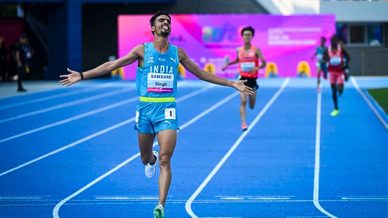



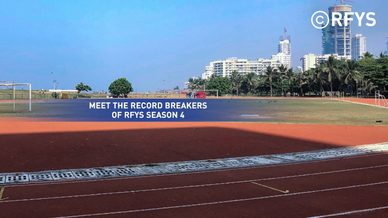
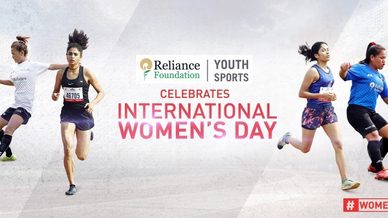
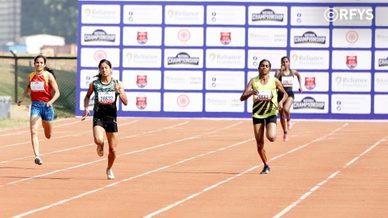


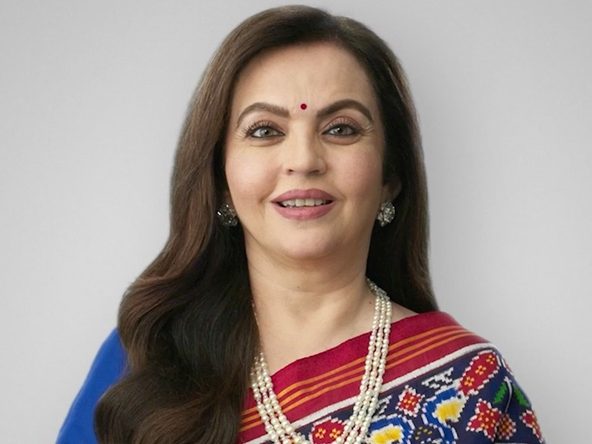
Your Comments